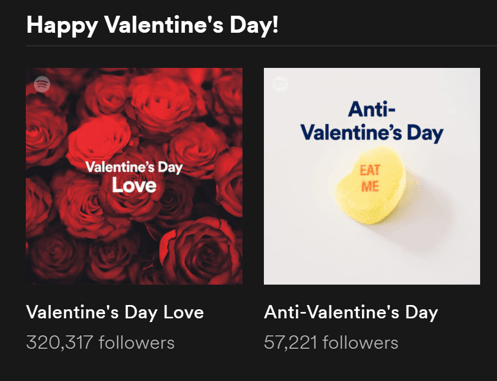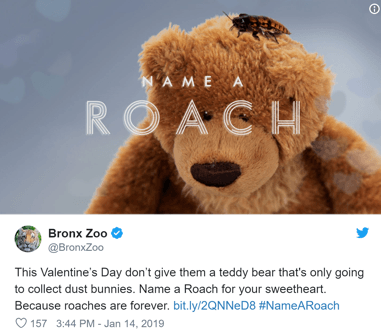Marketing for the Love (and Hatred) of Valentine’s Day
Some brands thrive off of Valentine’s Day. Jewelry stores and flower shops face their busiest seasons with people rushing in to buy gifts for their loved ones. Other brands, however, need to get creative with their marketing to bring people in.
Here are some interesting ways brands used Valentine’s Day to their advantage:
Polar Seltzer:
When people think of Valentine’s Day, they typically don’t think of Polar Seltzer, but this year a creative campaign helped to change that. This seltzer brand is known for their colorful packaging and seasonal flavors. Polar gave their fans the opportunity to win their small batch collection of Valentine’s day flavors if they made their Valentine’s Day opinions public. All people had to do was post on their social media with Polar’s red heart if you love Valentine’s Day or Polar’s black heart if you hate Valentine’s Day.
People began writing why they loved or hated the holiday, tagged with #PolarSeltzer, and 10 winners were chosen as winners of this creative giveaway. Polar gave their fans a platform to vent about their Valentine’s Day, while promoting their brand’s quirky new line.
Never miss an update from “The Shoppe,” sign up for our email list today!
Subscribe
Sign up with your email address to receive news and updates.
Subscribe
We respect your privacy.


















